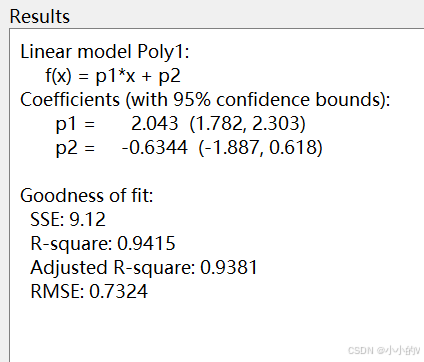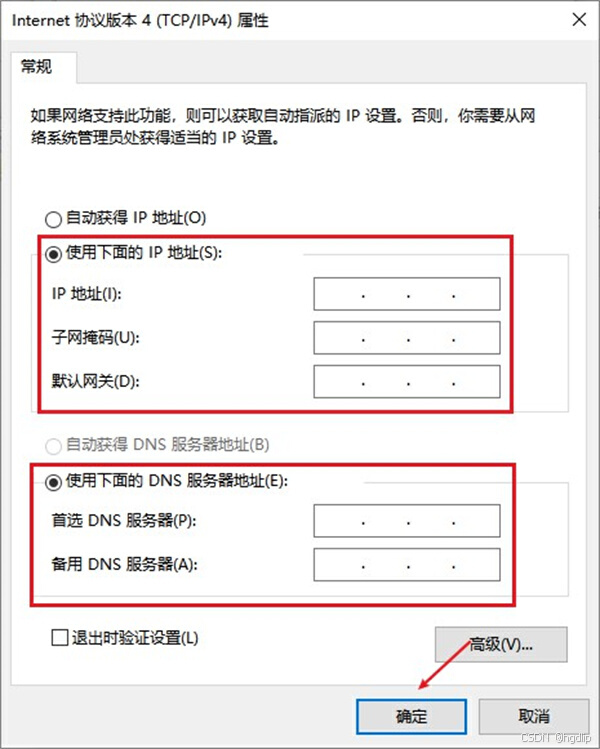一、Future Window Industry Application Cross-platform Architecture
The cross-platform architecture of Future Window adopts Hybird (hybrid mode mobile application), which is a mobile application development model that combines the characteristics of native applications (Native App) and web applications (Web App).
二、Features
2.1. Relatively low development cost
- Compared with native applications, Hybird App can partially reuse web development technologies, reducing the workload of independent development for different mobile operating systems and thus lowering development costs.
- One set of code can run on multiple platforms, eliminating the need to write code separately for each platform and improving development efficiency.
2.2. Strong cross-platform capability
- It can run on multiple mobile operating systems such as iOS and Android simultaneously, reducing the difficulty of development and maintenance caused by platform differences.
- It can quickly adapt to different screen sizes and device characteristics to provide users with a relatively consistent experience.
2.3. Convenient update
- Similar to web applications, when updating, only modifications need to be made on the server side, and users do not need to re-download and install the entire application, improving the efficiency and convenience of updates.
三、Technical implementation
3.1. Adopting web technologies
- Generally, web development technologies such as HTML, CSS, and JavaScript are used for interface design and function implementation.
- The web content is embedded into the container of the native application through the WebView component to realize interaction with native functions.
3.2. Calling native functions
- Native device functions such as cameras, GPS, and push notifications can be called through plugins or bridging technologies.
- Some functions with high performance requirements, such as graphic processing and database operations, are implemented using native code to improve the performance and user experience of the application.
四、Advantages
- Combining the advantages of native applications and web applications, it has obvious advantages in terms of development cost, cross-platform capability, and update convenience.
- For some application scenarios with relatively simple functions and frequent updates, hybrid applications are a relatively ideal choice.
五、Shortcomings
- Performance may not be as good as native applications. Especially when processing complex graphics and animation effects, there may be卡顿 phenomena.
- The user experience may be slightly inferior to native applications, and the smoothness and response speed of the interface may be affected to some extent.
六、Making up for shortcomings
Resource localization and web calling native UI.
七、Security technology
Since web technologies are adopted, normal AOI will interact through http or hpps channels. In a local area network, data and requests can be intercepted, leading to data insecurity and leakage.
Therefore, independent encryption can be performed through the native app for web API, and data is encrypted before transmission.
八、Asuki's technical perspective
Embrace open source and sharing, witness the miracle of technological progress, and enjoy the happy time of humanity!
Let us actively participate in the wave of technology sharing. Not only be beneficiaries, but also become contributors. Whether it is sharing one's own code, writing technical blogs, or participating in the maintenance and improvement of open source projects, every small action may become a huge force to promote technological progress.




















